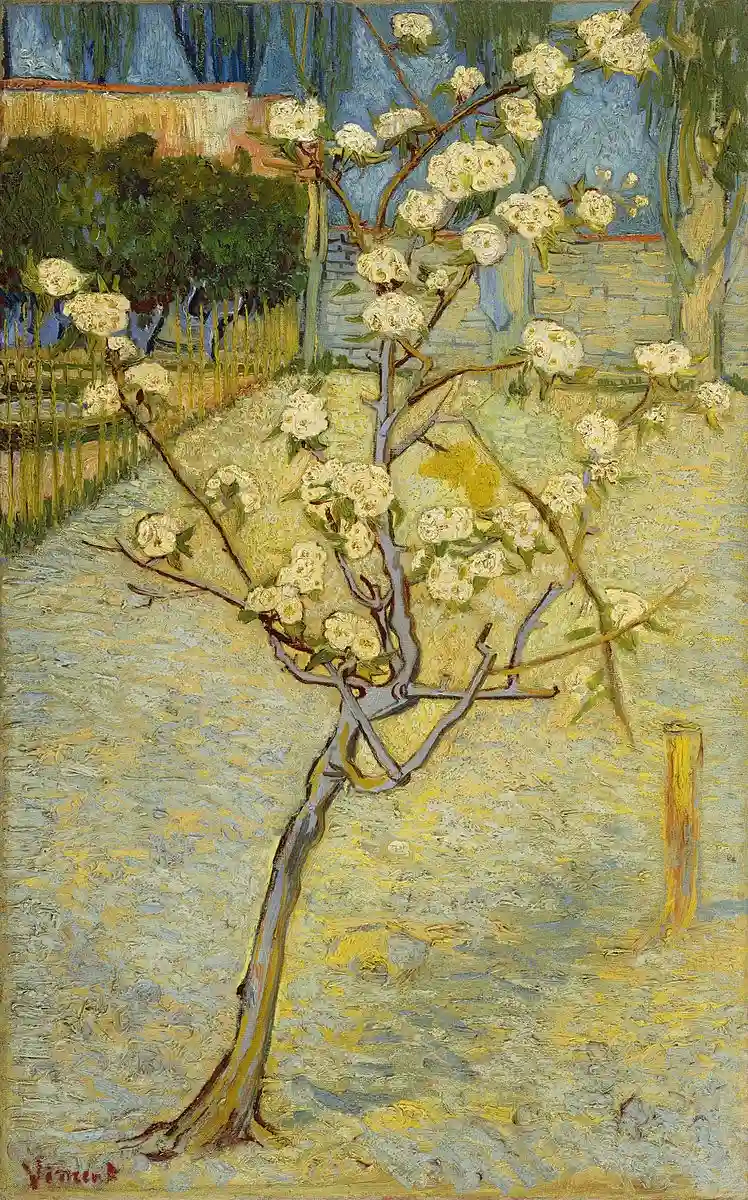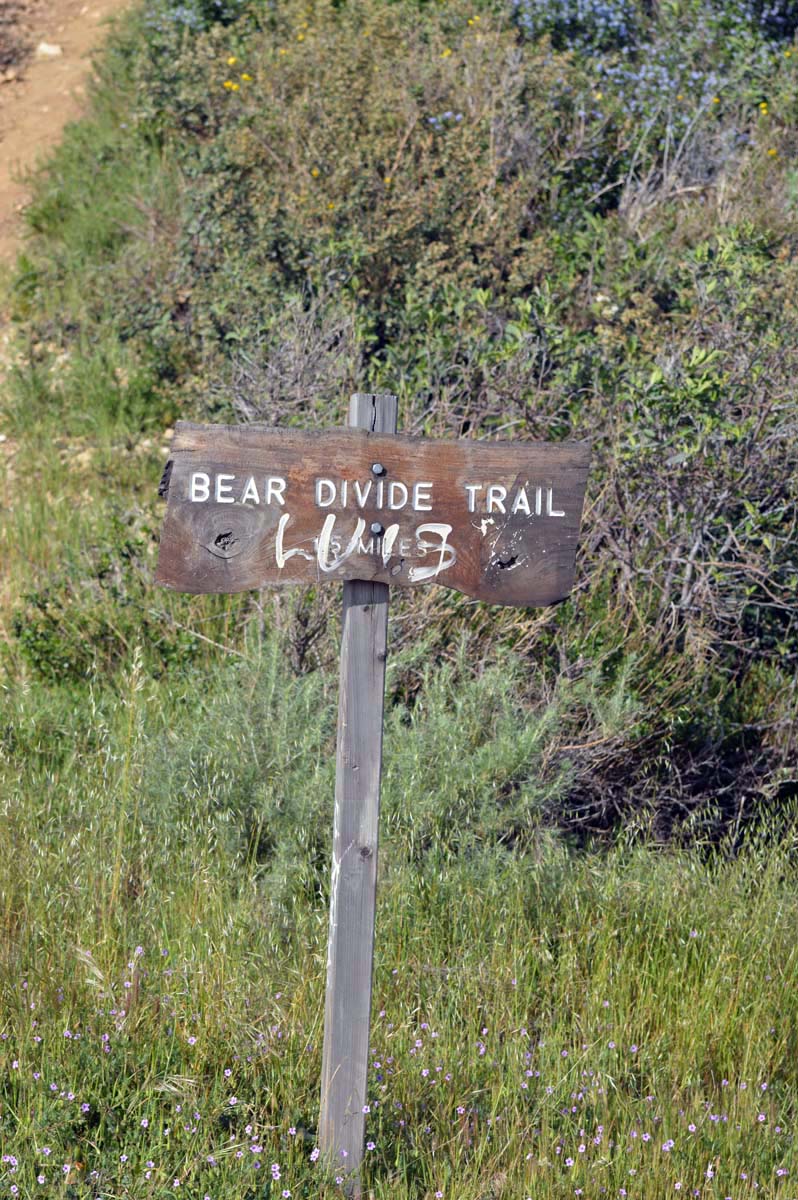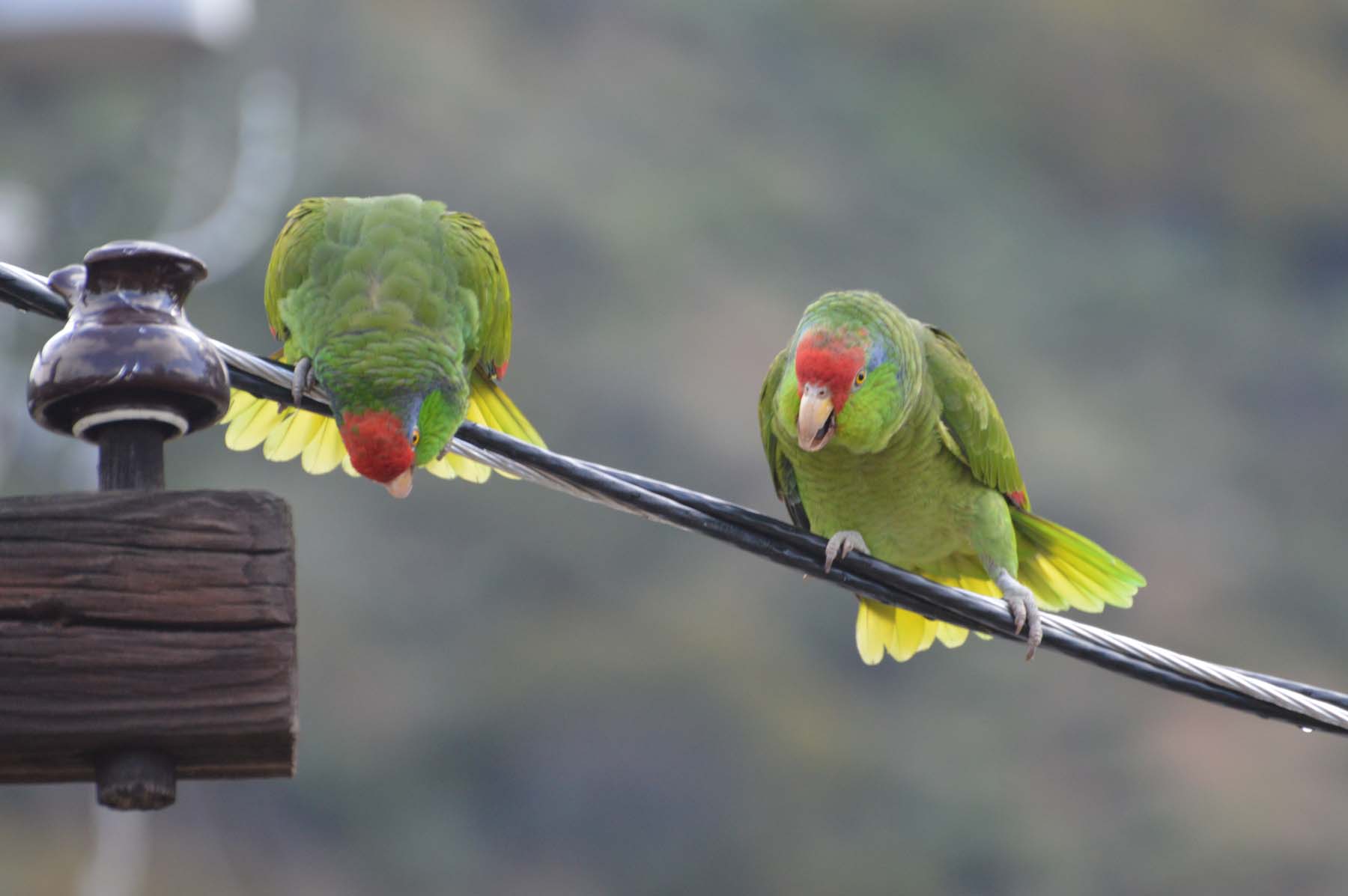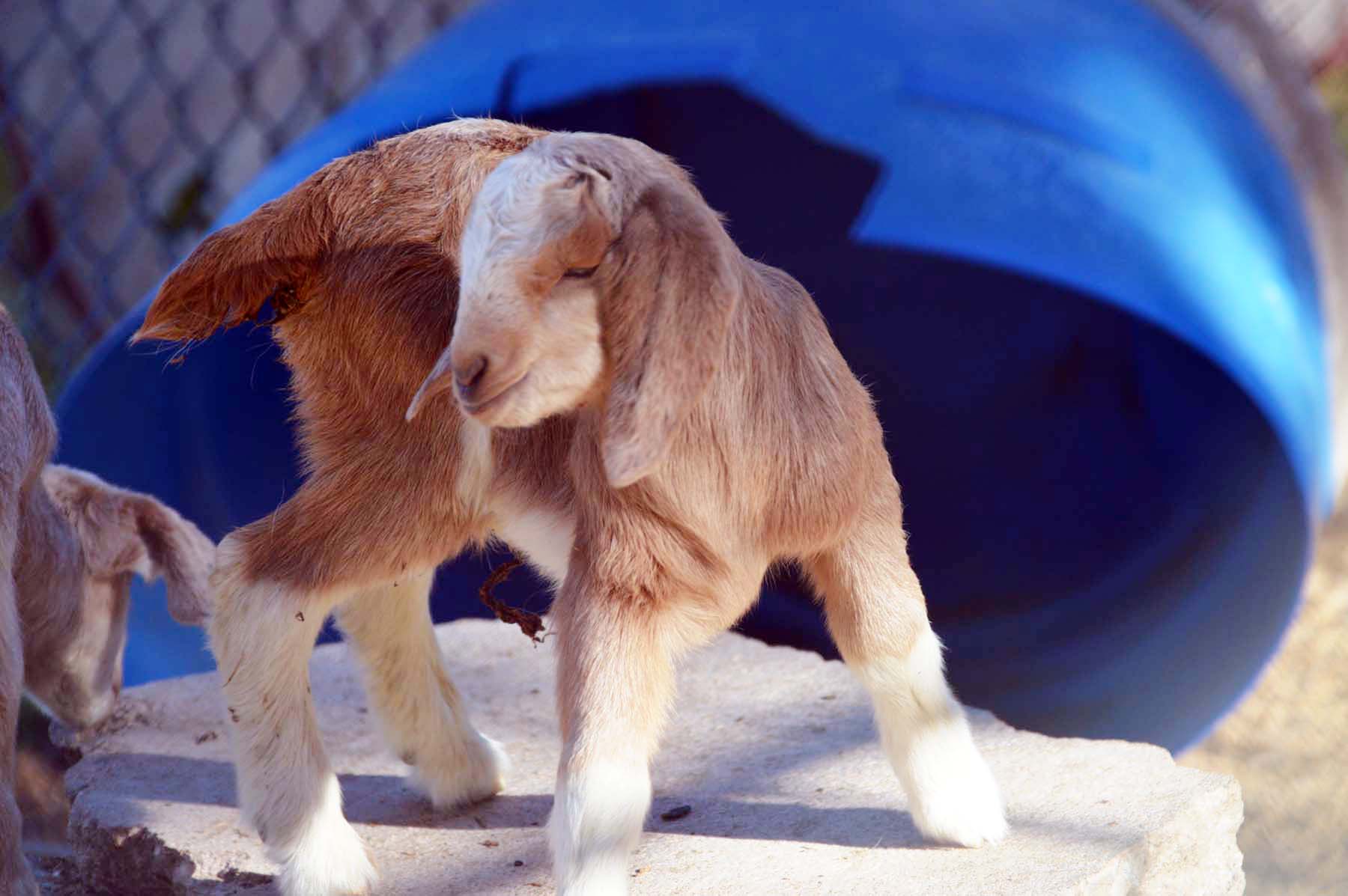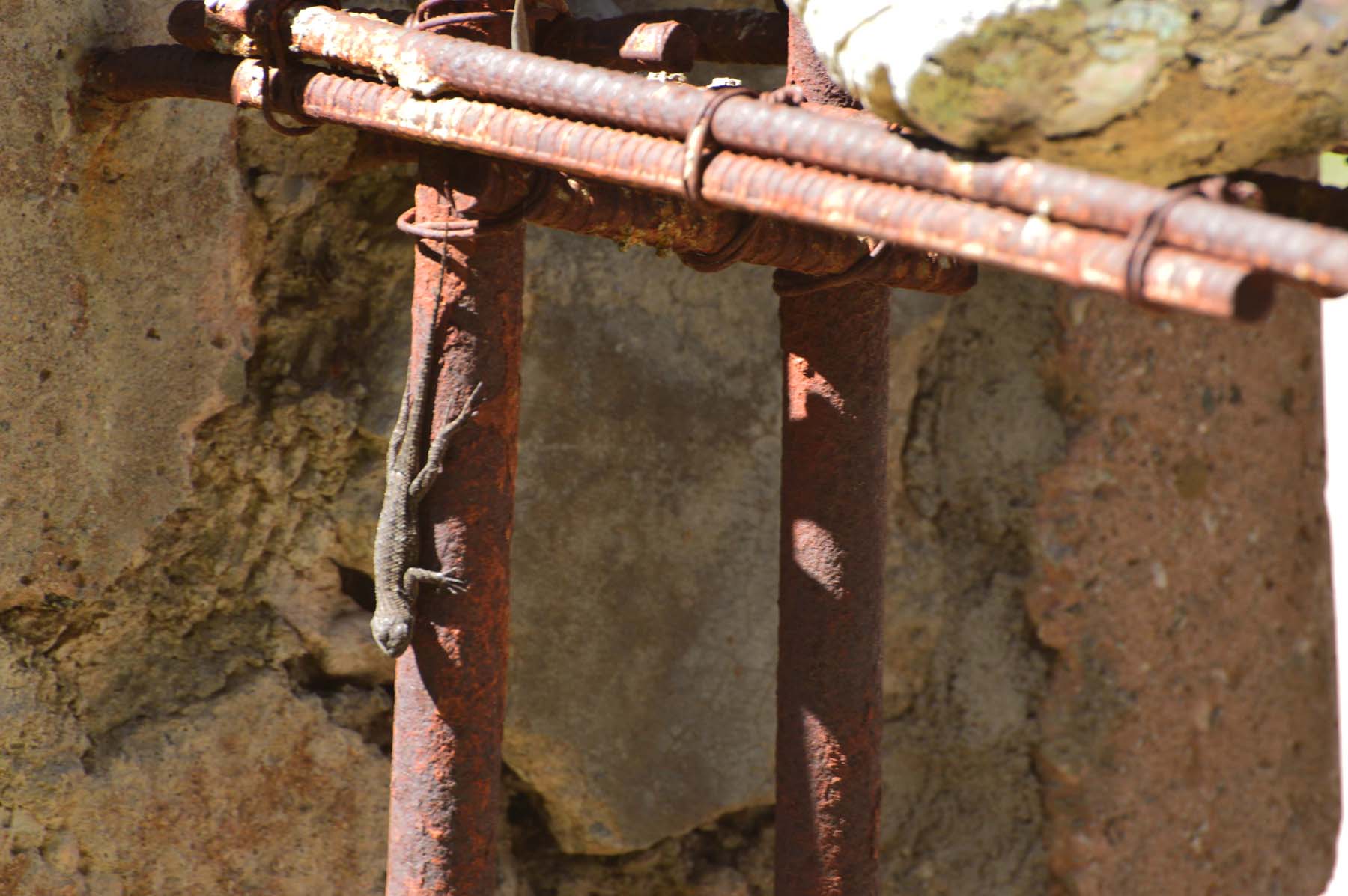Yesterday I had a few visitors in the backyard, which suited me just fine. I figured ending the week with tons of pictures rather than ever more words would do us all good.






You know me, though. Words snuck back into my head – words, alas, that refuse to make their way into print in this family friendly blog. So use your imagination as to what I was thinking when I learned that the North Carolina Senate voted along party lines Wednesday to ban anyone from wearing masks in public, even for health reasons. House Bill 237 would extend to everyone, not just protesters towards whom this ban is of course directed, to wear medical masks.






A proposal to amend the bill to ban hate groups — explicitly the Ku Klux Klan and Proud Boys — from being allowed to wear masks in public, which the law currently allows them to petition for (!), was shot down by Republican lawmakers with no debate or explanation, as were calls by Democratic lawmakers to amend the anti-mask bill to protect people who want to wear masks for health concerns. So for immune-compromised people like me there is now the additional worry to either be arrested for wearing a mask or risking infection that can basically kill you. Not that I will ever see North Carolina again, but how many people who live there and can’t leave will be affected? and how does that not violate Federal laws, like the Americans with Disabilities Act?
“The federal disability law requires governments to provide people with disabilities equal access to government programs, services and activities — including public transportation, schools, voting precincts and town meetings. Banning masks could diminish access to those kinds of services to people who are covered under the ADA, such as cancer patients who may need to wear a mask due to a weakened immune system, disability rights advocates say. It could also limit their day-to-day activities.” (Ref.)


I wasn’t the only one watching the deer decimate the apple trees and then leisurely chew cud while resting on the grass, ignoring a cacophony of noises – my dog barking his head off, the Thursday Pickup garbage trucks circling the neighborhood, and my neighbor using a chainsaw to deal with the winter windfall. Be glad to have these pastoral scenes without the sound track!




The crows watched as well, eventually doing some up and down flying maneuvers to get their own luncheon, served on my balcony. Up and down triggered the notion of upside-down, another image eliciting a number of words in my head, “We’re living in a FARCE,” among them.

The upside down flag, a symbol for “Stop the Steal!” used by Trump supporters, was apparently flying in front of Justice Alito’s home. According to the New York Times, the flag was up in January 2021 for multiple days, while the court was still contending with whether to hear a 2020 election case. We are, of course, still waiting on two other cases to be decided by the Supreme Court, involving the storming of the Capitol on Jan. 6, including whether Mr. Trump has immunity for his actions. So far, no recusals.

Concerned neighbors took the photos and informed the Court at the time – what say you, Justice Roberts? We do know what Justice Alito had to say:
“I had no involvement whatsoever in the flying of the flag,” Justice Alito said in an emailed statement to The Times. “It was briefly placed by Mrs. Alito in response to a neighbor’s use of objectionable and personally insulting language on yard signs.”
Isn’t it funny how Supreme Court Justices are completely fenced off against the dealings of their wives, while the sitting President is supposed to be responsible for alleged misdeeds of his adult son? Just wondering.




Here is a crow’s reaction – you may use your imagination once more.

If your blood pressure reacts like mine to these news, here is the perfect music to bring it down.


